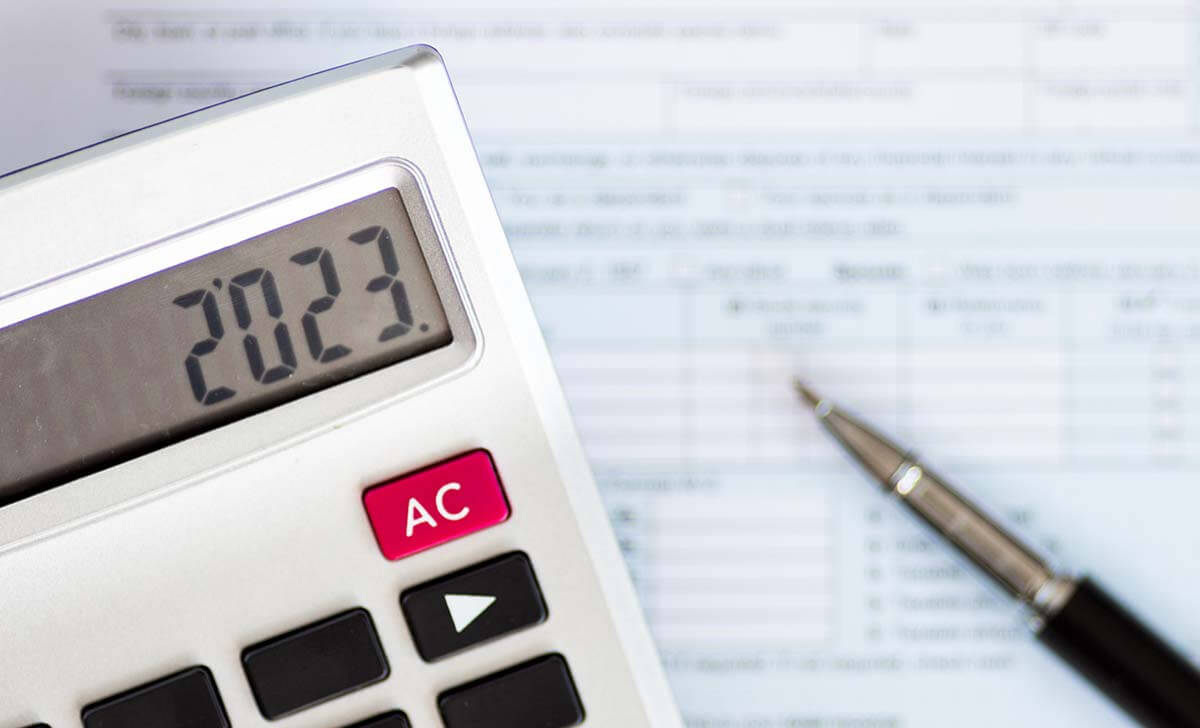It is a good time to start understanding your entitlements for medical expense offsets and private health insurance rebates within this financial year. There have been some changes over the last six months, which will likely impact you. We have summarised some of the content from the ATO website for you below, however, if you do need some advice on your own individual situation please do not hesitate to contact your Azure Group tax team member or email ourteam@azuregroup.com.au
Net medical expenses tax offset
The amount of net medical expenses tax offset you can claim now depends on your level of income. You can only claim an offset of 10% of your net medical expenses over $5,000 if you have an adjusted taxable income (ATI) above:
- $84,000 if you are single
- $168,000 if you are a couple or family.
The family threshold will increase by $1,500 for each dependent child after the first. If your ATI is below these income thresholds, you are not affected by this change and can continue to claim an offset of 20% of your net medical expenses over $2,120.
Net Medical Expenses Tax Offset Phase Out
On 14 May 2013, the Government announced in the 2013-14 Budget that it will phase out the Net Medical Expenses Tax Offset.
From 1 July 2013, those taxpayers who received the offset in their 2012-13 income tax assessment will continue to be eligible for the offset for the 2013-14 income year if they have eligible out-of-pocket medical expenses above the relevant claim threshold. Similarly, those who receive the tax offset in their 2013-14 income tax assessment will continue to be eligible for the offset in 2014-15.
The changes mentioned above will not apply to all taxpayers - the offset will continue to be available for taxpayers with out-of-pocket medical expenses.
Indexing the amount on which the rebate will be paid
From 1 April 2014, the private health insurance rebate for each private health insurance policy will be set as a proportion of the premium that was charged for that policy as at 1 April 2013. That is, the premium charged for a policy as at 1 April 2013 will be set as the base premium for that policy.
- From 1 April 2014, each private health insurance policy's base premium will then be indexed by the lesser of Consumer price index (CPI) or the percentage change for the premium charged by a private health insurer. The result is the amount on which the private health insurance rebate percentage will be applied.
Example
On 1 April 2013, XYZ Medical Fund's new premium for an individual policy was $1,600. The base premium for that policy is $1,600 and this is the figure on which indexation would be applied.
During 2013-14, XYZ Medical Fund increases premiums charged by 5.5% and the CPI increases by 2.5%:
- Premiums charged by XYZ Medical Fund increase the base premium to $1,688.
- CPI increases the base premium to $1,640.
As CPI percentage increase is lesser than the percentage increase in premiums, the private health insurance rebate will be payable on the CPI indexed figure of $1,640. It will not be payable on the actual premium, which increases to $1,688.
Private health insurance rebate
Your entitlement a health insurance rebate will depend on your level of income. You will receive a statement from your private health insurer, which is required to complete your tax return. You may now be eligible for a private health insurance rebate if you were covered by private health insurance regardless of who paid for the policy.







Comment